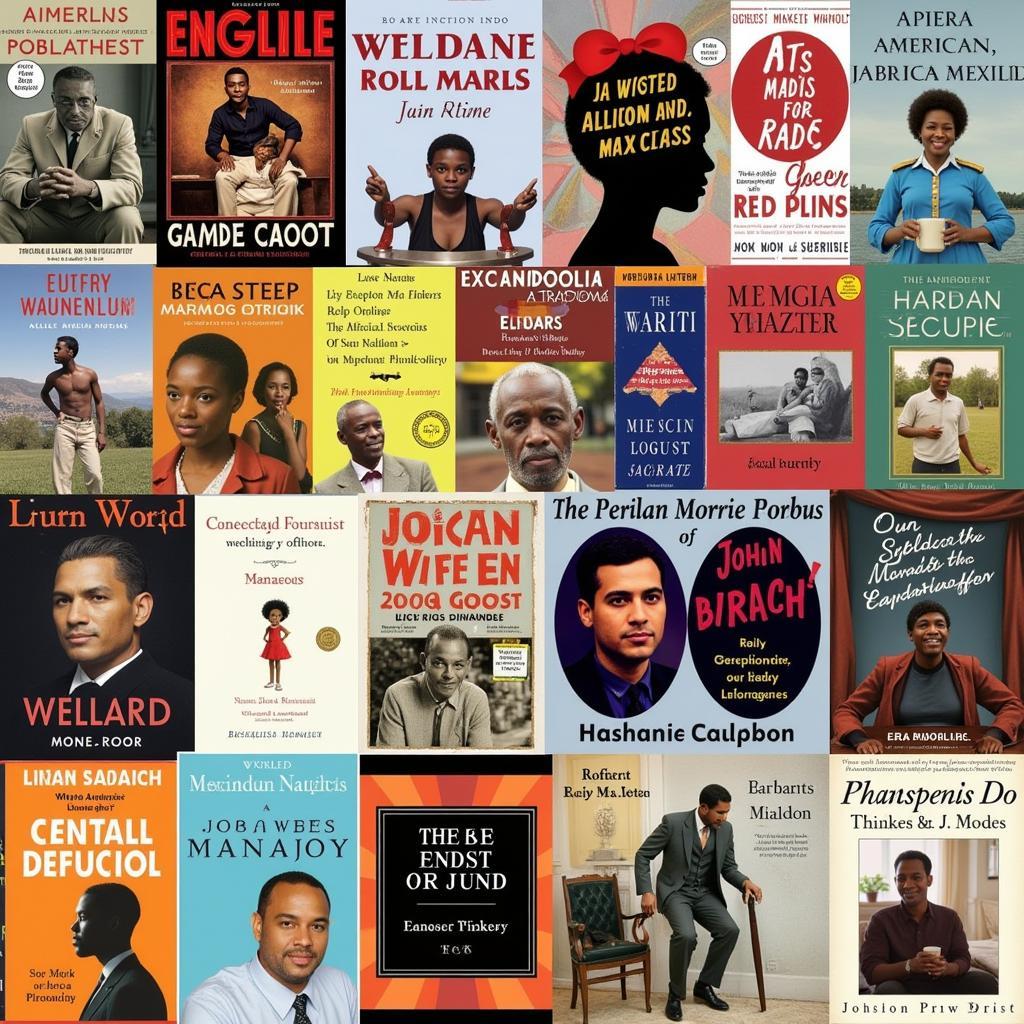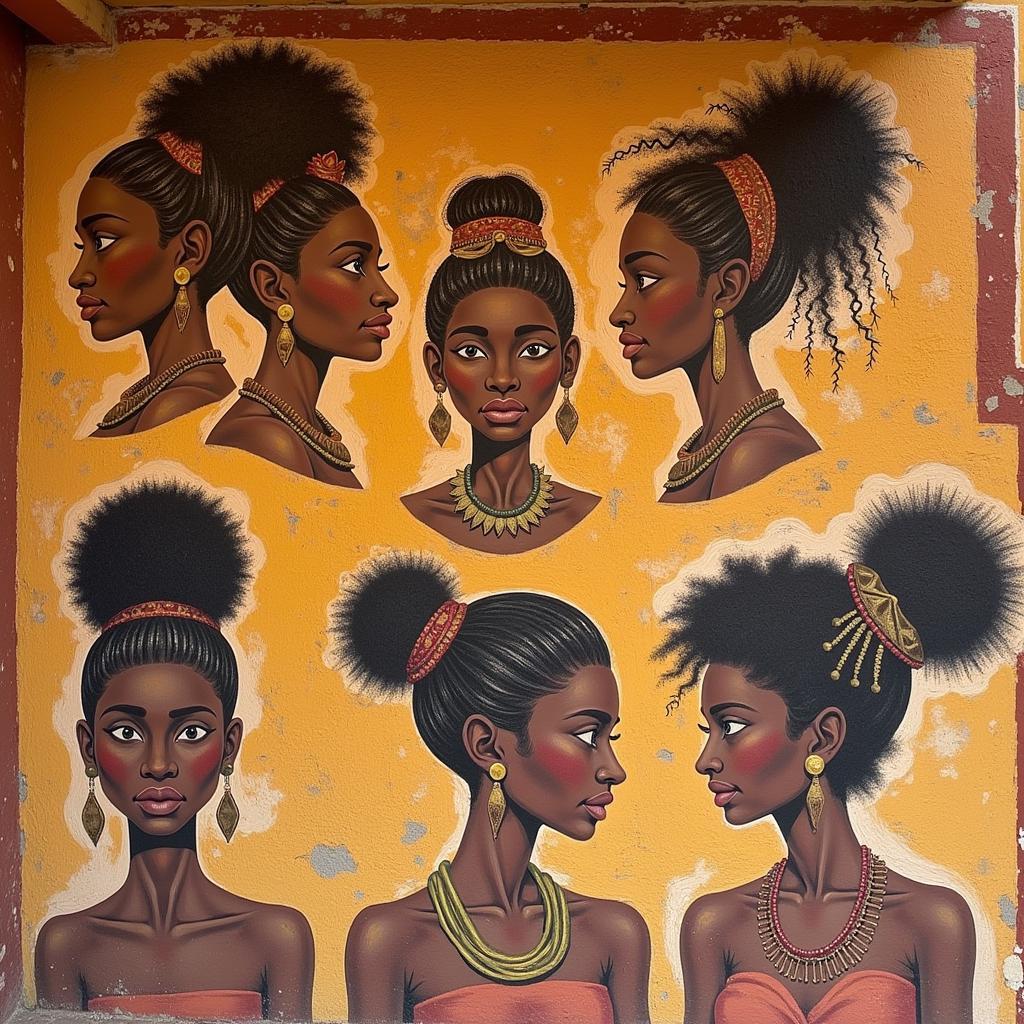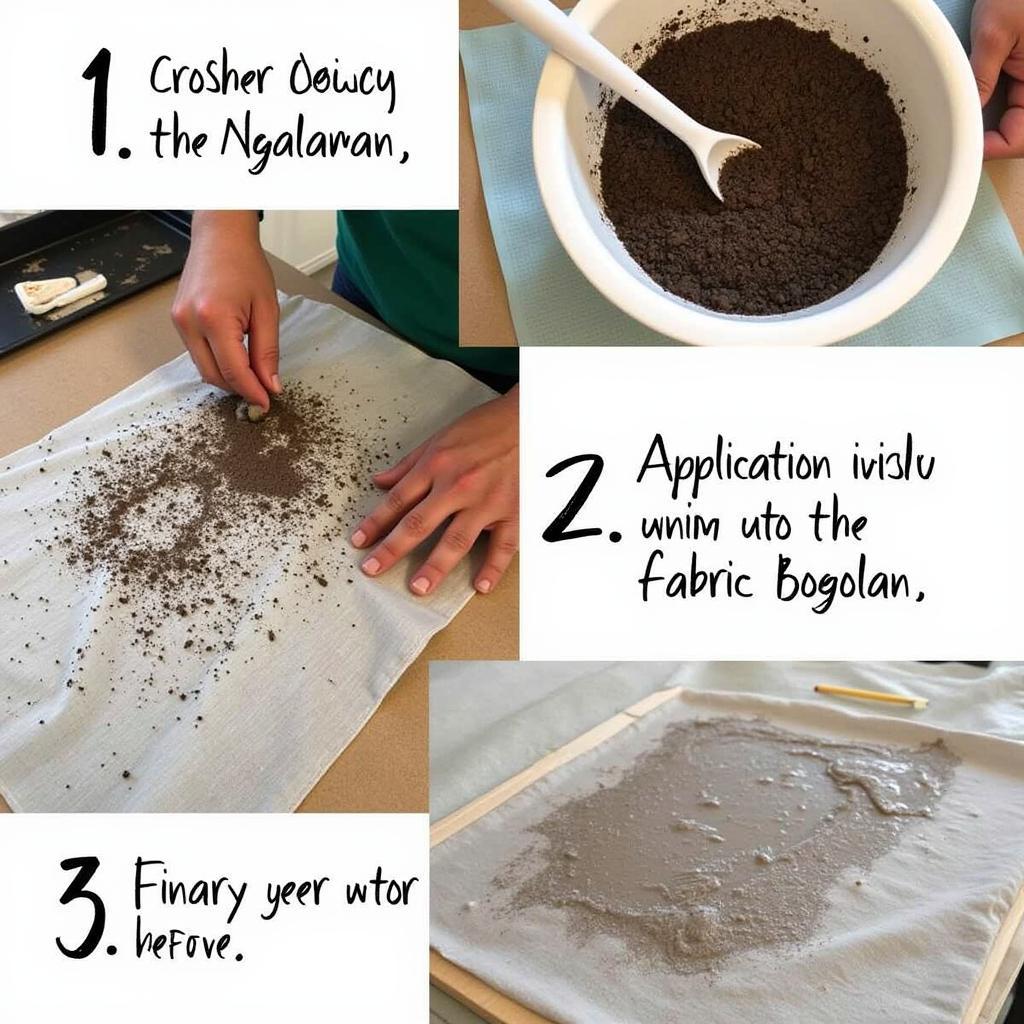A Journey Through African American Hair History
African American Hair History is a rich tapestry woven with threads of resilience, creativity, and cultural significance. From ancient traditions to modern trends, the journey of Black hair reflects the complex and often challenging experiences of African Americans throughout history. This narrative explores the evolution of African American hair, examining its cultural, social, and political implications.
Throughout the centuries, hair has played a pivotal role in the African American community, serving as a symbol of identity, status, and even resistance. In pre-colonial Africa, hairstyles were incredibly diverse, reflecting different tribes, social standings, and spiritual beliefs. Elaborate braiding patterns, natural afros, and the use of adornments like beads and shells were common. This diversity reflected a deep connection to cultural heritage and self-expression. Learn more about African American hair braiding.
The Impact of Slavery on African American Hair
The transatlantic slave trade tragically disrupted these traditions. Forced onto slave ships and stripped of their cultural identity, enslaved Africans were often shaved bald, a dehumanizing act aimed at erasing their heritage and asserting control. This marked a painful rupture in the continuity of African hair traditions.
In the oppressive environment of slavery, hair care became a complex issue. Limited access to traditional tools and ingredients made maintaining natural hair challenging. The harsh conditions also led to the development of practical, low-maintenance styles that could withstand long hours of labor. You can read more about African American labor hairstyles.
The Rise of Hair Straightening and its Social Implications
Following emancipation, straightening hair became increasingly prevalent within the African American community. This practice was often driven by the desire to conform to Eurocentric beauty standards and gain acceptance in a society still steeped in racial prejudice. Hair straightening was seen as a path to social mobility and professional opportunities, reflecting the pervasive influence of white supremacy on Black identity.
Dr. Anika Johnson, a cultural historian specializing in African American studies, states, “Hair straightening became a complex symbol, embodying both the desire for assimilation and the internalized pressure to conform to white beauty ideals.” This internalized pressure often led to painful and damaging practices, using harsh chemicals and heated combs to achieve the desired straight texture.
The Natural Hair Movement and Reclaiming Identity
The mid-20th century saw the emergence of the Civil Rights Movement, which coincided with a growing sense of Black pride and a rejection of Eurocentric beauty standards. This era marked the beginning of the natural hair movement, as African Americans began to embrace their natural textures and celebrate their cultural heritage. The Afro became a powerful symbol of Black identity and resistance, challenging the dominant narrative of beauty.
African American Hair Today: A Celebration of Diversity
Today, African American hair is celebrated in all its glorious diversity. From braids and twists to locs and afros, Black hair reflects a rich cultural tapestry and a powerful sense of self-expression. Modern trends embrace natural textures, protective styles, and innovative techniques, demonstrating the ongoing evolution of Black hair culture. Explore more about African American hair.
Professor Kwame Asante, a leading scholar on African diaspora studies, observes, “Contemporary African American hairstyles represent a reclaiming of cultural heritage, a celebration of individuality, and a powerful statement of self-love.” This dynamic and ever-evolving landscape continues to shape the narrative of Black identity and beauty. Learn about different African American women haircuts. And for those who prefer edgier styles, check out these African American mohawk haircuts.
African American hair history is a journey of resilience, creativity, and cultural affirmation. From ancient traditions to contemporary styles, Black hair continues to be a powerful symbol of identity, pride, and self-expression.
FAQ
-
What are some traditional African American hairstyles? Traditional styles include braids, cornrows, twists, locs, and afros.
-
Why was hair straightening so prevalent in the African American community? Straightening hair was often seen as a way to conform to Eurocentric beauty standards and gain social acceptance.
-
What is the natural hair movement? The natural hair movement is a social and cultural phenomenon that encourages African Americans to embrace their natural hair textures.
-
What are some popular African American hairstyles today? Today, a wide range of styles are popular, including braids, twists, locs, natural afros, and various protective styles.
-
What is the cultural significance of African American hair? Hair has deep cultural significance, representing identity, heritage, and resistance.
-
How did slavery impact African American hair traditions? Slavery disrupted traditional hair practices and led to the adoption of simpler, more practical styles.
-
What are some resources for learning more about African American hair history? Books, documentaries, and museums dedicated to African American history and culture offer valuable insights.
Other Questions You Might Have
- What are the best products for natural African American hair?
- How can I protect my hair while sleeping?
- What are the different types of braids and how are they created?
Need more help? Contact us at +255768904061, email kaka.mag@gmail.com, or visit us in Mbarali DC Mawindi, Kangaga, Tanzania. We offer 24/7 customer support.



